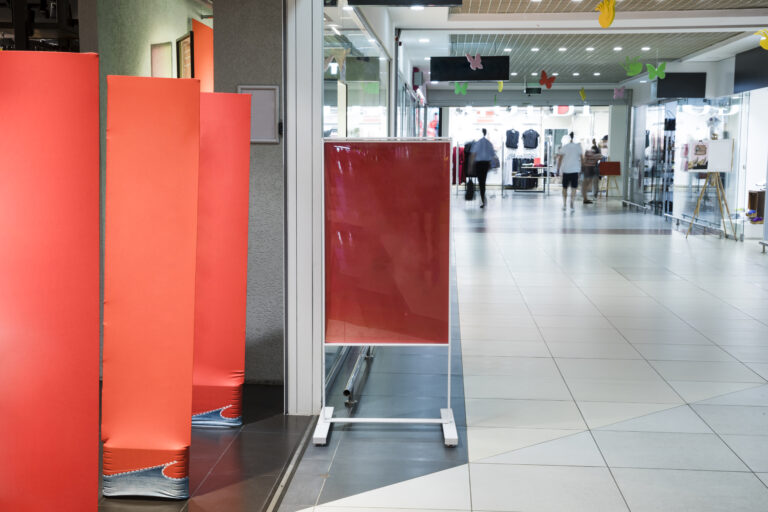You may have heard phrases like “this land is still girik” or “it’s not certified yet, but there’s an inheritance letter.” These situations refer to what’s called alas hak tanah.
In Indonesia, especially with inherited or long-held family land, many plots don’t yet have an official certificate. However, that doesn’t mean the land has no legal basis—because there’s what we call alas hak.
This article will explain what alas hak tanah is, its types, and why these documents are important as the initial proof of land ownership. Don’t worry—it’s explained in simple terms!
What is Alas Hak Tanah?


Alas hak tanah refers to documents or initial evidence showing that a person or family has controlled or owned a piece of land.
Unlike land certificates issued by the National Land Agency (BPN), alas hak is the starting basis, usually required during the process of registering or upgrading the land’s status into an official certificate.
Example:
A family inheritance plot that hasn’t been certified but has a girik or an old sale-purchase deed is considered alas hak.
Types of Alas Hak Tanah
Here are some documents commonly recognized as alas hak:
- Girik
Proof of land tax payment, typically issued by the village or sub-district. It’s one of the most common forms of alas hak, especially in suburban or rural areas. - Petok D
Similar to girik, this is an old document from the village/sub-district recording ownership or control of land, used before the modern land certificate system. - Private Sale-Purchase Deed (Akta Jual Beli di Bawah Tangan)
A land transaction made without a notary or PPAT, but still kept by the parties as proof of transfer of rights. - Inheritance or Gift Letter (Surat Warisan / Hibah)
Documents showing land has been passed down or gifted, usually with confirmation from the village head or notary.
While these documents aren’t as strong as certificates, they’re still recognized in land administration processes and can be used as the basis for applying for an official land certificate.
Difference Between Alas Hak Tanah and Land Certificates
| Alas Hak Tanah | Land Certificate |
|---|---|
| Initial proof of land control | Official legal proof from BPN |
| Can be girik, petok, private deed | Issued by the state (BPN) |
| Not full legal strength | Full and binding legal strength |
| Needs to be upgraded into a certificate | Already registered and legally protected |
In short: alas hak is the starting point, while a certificate is the final, strongest form of legal ownership.
Converting Alas Hak into a Land Certificate (SHM)
The good news: you can convert alas hak into a Land Ownership Certificate (SHM) or Building Use Right Certificate (HGB) depending on its purpose.
Steps:
- Prepare your alas hak documents (girik, petok, private deed, etc.)
- Apply at the local BPN office
- Provide physical evidence of ownership/control
- Wait for the measurement, verification, and certificate issuance process
This process is crucial if you want to sell the land, legally pass it on to heirs, or use it for investment/business.
Store Alas Hak Tanah Safely with SpaceHub
Documents such as girik, sale purchase deeds, or inheritance letters are valuable assets—but they’re also highly vulnerable to:
- Fire
- Moisture damage
- Misplacement or loss
- Termite or mold infestation
That’s why you should store important documents like alas hak tanah in SpaceHub’s air-conditioned private storage units.
With SpaceHub, your documents stay safe, organized, and easily accessible when you need them.
Find your SpaceHub unit today!
Website : www.spacehub.id
Instagram & TikTok: @spacehub.storage
Facebook: SpaceHub Storage Indonesia




